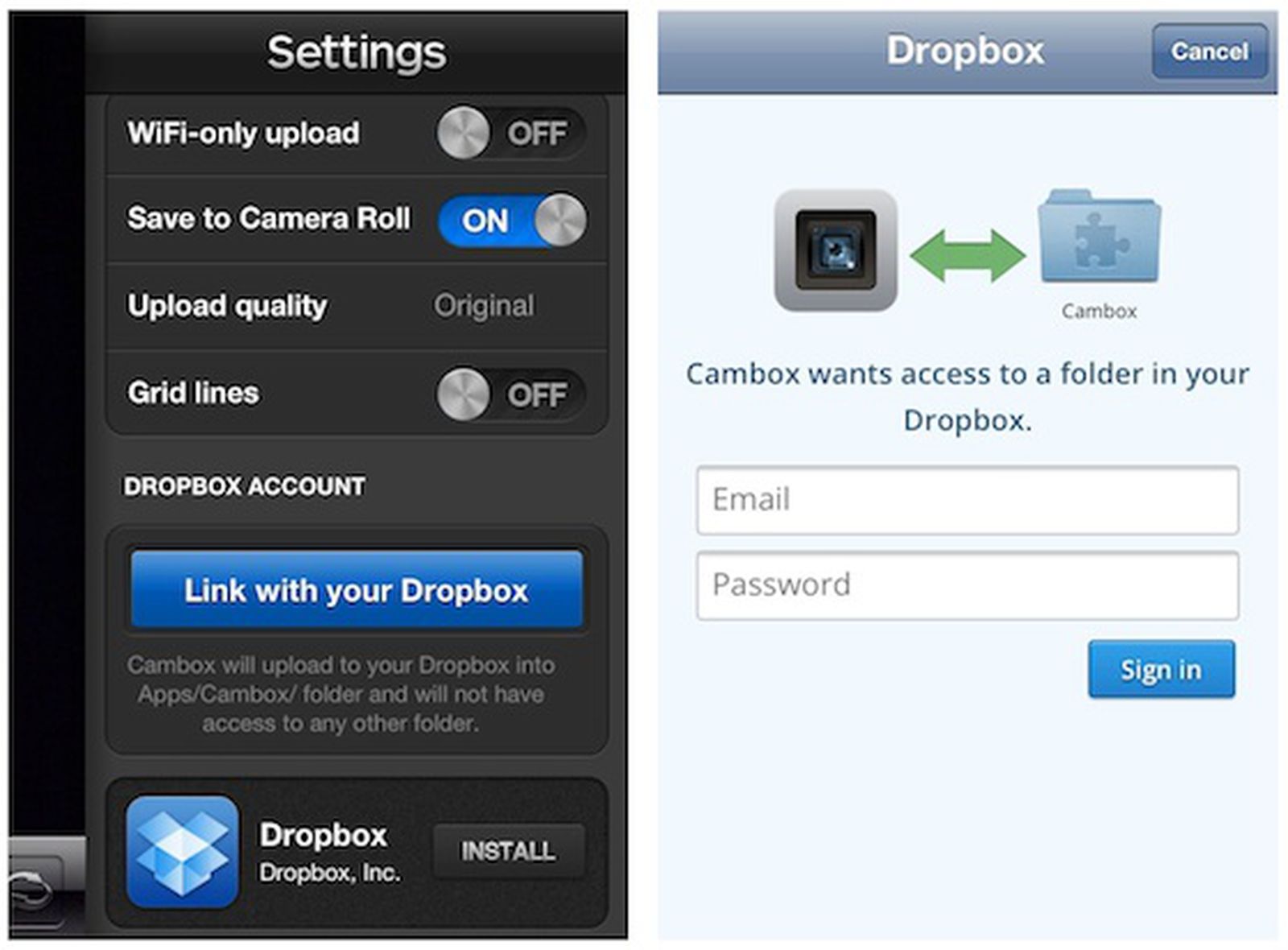
This project follows the ( ) specification. Thanks goes to these wonderful people (( )): If you feel compelled to give further details, such as the app's **relationship with others**, don't hesitate to use this section. It's crucial then to go through these **behavioral changes** in this section, allowing users to fully understand the **practical application** of the app in their store. There are scenarios in which an app can behave differently in a store, according to its configuration. Fill in the `NAME OF THE APP` field with your **NAME OF THE SETTINGS FIELD**. Access the **Apps** section in your account's admin page and look for the NAME OF THE APP box. You can confirm that the app has now been installed by running `vtex ls` again.Ģ. Scroll down and type in your **NAME OF A SETTINGS FIELD** in the `NAME OF THE APP` field. You'll see a warning message about needing to enter the necessary configurations. Access the **Apps** section in your account's admin page and look for the Icommkt box Ģ.
#APPBOX GITHUB INSTALL#
It is possible to install in your store either by using App Store or the VTEX IO Toolbelt. Next, you can **add media** (either an image of a GIF) if possible, so that users can better understand how the app works in practice.

Under the app's name, you should explain the topic, giving a **brief description** of the **app's functionality** (what is it for?) in a store. Contributions of any kind are welcome!Ĭheck out some documentation models that are already live: `No CSS Handles are available yet for the app customization.` # Contributors ✨ If there are none, add the following sentence instead: Note that the Handles must be ordered alphabetically. Thereafter, you should add a single column table with the available CSS handles for the app, like the one below. `In order to apply CSS customizations in this and other blocks, follow the instructions given in the recipe on ().` The first thing that should be present in this section is the sentence below, showing users the recipe pertaining to CSS customization in apps: If you feel compelled to give further details about the app, such as it's **relationship with the VTEX admin**, don't hesitate to use this section. It's crucial to go through these **behavioral changes** in this section, allowing users to fully understand the **practical application** of the app in their store. There are scenarios in which an app can behave differently in a store, according to how it was added to the catalog, for example. Remember to also use this Configuration section to **showcase any necessary disclaimer** related to the app and its blocks, such as the different behavior it may display during its configuration. You can create it following the example below: When documenting a prop whose type is `object` or `array` another prop table will be needed. `string` - `enum` - `number` - `boolean` - `object` - `array` | `XXXXX` | `XXXXXX` | XXXXXXXX | `XXXXXX` | | Prop name | Type | Description | Default value | If the app exports more than one block, create several tables - one for each block. Next, add the **props table** containing your block's props. You can verify an example of it on the ( ). Remember to add a table with all blocks exported by the app and their descriptions.

Declaring the app's main block in a given theme template or inside another block from the theme. Adding the app as a theme dependency in the `manifest.json` file Ģ.

In this section, you first must **add the primary instructions** that will allow users to use the app's blocks in their store, such as:ġ. Next, **add media** (either an image of a GIF) with the rendered components, so that users can better understand how the app works in practice. Under the app's name, you should explain the topic, giving a **brief description** of its **functionality** in a store when installed. Open your AppDelegate.swift file and add the following line.📢 Use this project, ( ) to it or open issues to help evolve it using ( ).

You need to add import statements for AppBox modules before starting the SDK. The SDK can be obtained by adding it as a maven dependency, cloning the source into your project, or by downloading one of the precompiled JARs from the releases page on GitHub.
#APPBOX GITHUB UPDATE#
In long url after s%2F and before %2Fappinfo.json is your app update key, i.e - oge15hcy8nhw9q3 in this case. When upload is complete, you'll get the a short url like this. Dedicated Plex servers with the Bytesized Appbox Platform Polsat Go - Apps on Google Play Appbovexo WebbDu. For app update key, you need to upload your app with AppBox option Keep same link url for all future build In order to use AppBox auto update service, you need to get app update key. To start the AppBox SDK in your app, follow these steps: 1. xcworkspace and it's time to start the SDK and make use of the AppBox SDK. Run pod install to install your newly defined pod, open your. Platform :ios, '10.0' use_frameworks! target '' do pod 'AppBoxSDK' end


 0 kommentar(er)
0 kommentar(er)
